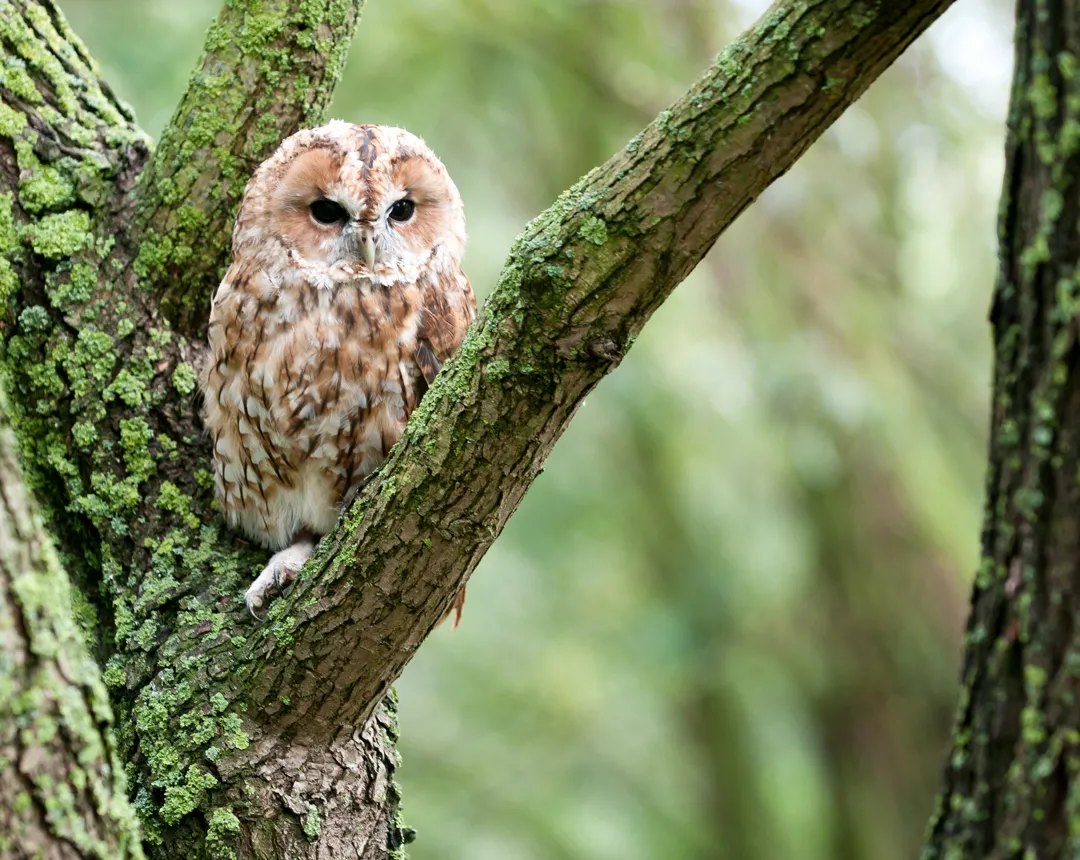Citation

Overview
Prior to this study, most Tawny Owl population data was collected during daylight surveys for other species, or specialist, labour-intensive night-time surveys during the breeding season. The BTO Tawny Owl Calling Survey, however, harnessed the time and skill of thousands of volunteers to shed light on the impact of urbanisation on Tawny Owl populations, and used the data collected to develop the best methods for surveying these nocturnal raptors in the future.
In more detail
We would like to thank the volunteers who took part in the two surveys, and the staff within the BTO Garden BirdWatch (GBW), Engagement, Communications, and Information Services teams who helped run and promote them. In particular, we would like to thank Rob Jaques, Mark Hammond, and Steve Pritchard. We also thank Dario Massimino, an anonymous reviewer and Steve Freeman who provided helpful comments that significantly improved the manuscript. In addition, we would also like to acknowledge the latter’s work on the original 2005/2006 survey alongside Nancy Ockendon and MPT. This research was funded through the generosity of our members and supporters who contributed to the BTO Owl Appeal, and by grants from the following trusts: The Keith Ewart Charitable Trust, The Lawson Trust, The Lizandy Charitable Trust, The Maldwyn Williams Charitable Trust, The Mitchell Trust, and The Udimore Charitable Trust.
Abstract
Capsule: Tawny Owl Strix aluco site occupancy and detectability are influenced by habitat and environmental variables.
Aims: To determine factors influencing Tawny Owl occupancy and detectability around British homes and gardens using a large-scale citizen science survey across two main survey periods.
Methods: Surveys of 20 min duration were undertaken one evening a week from the homes and gardens of volunteers, for up to 26 weeks between October and March of 2005/2006 and 2018/2019, and analysed primarily using multi-season occupancy modelling.
Results: During two survey periods, more than 9000 sites were surveyed across the breeding range of the Tawny Owl within Britain. The main drivers of occupancy were found to be the extent of broadleaf woodland cover and the degree of urbanisation. Detection probability was influenced by date, time, weather, and moon phase. Using the current method, a minimum of five to six survey visits per site would be required to have 95% confidence over the presence or absence of Tawny Owls at a given site, but it may be possible to optimise the survey method further to increase efficiency by surveying in the autumn or early spring, early after dusk, and on cloudless dry evenings close to the full moon.
Conclusion: The findings indicate that survey methodologies for surveying Tawny Owls can be optimised to increase the efficiency of detection, if present at a site. We highlight the need for further research on the effects of urbanisation on Tawny Owls, particularly with regards to artificial light pollution and its effects on behaviour and settlement, along with the need for greater understanding of Tawny Owl activity budgets, which would aid the interpretation of survey results.




